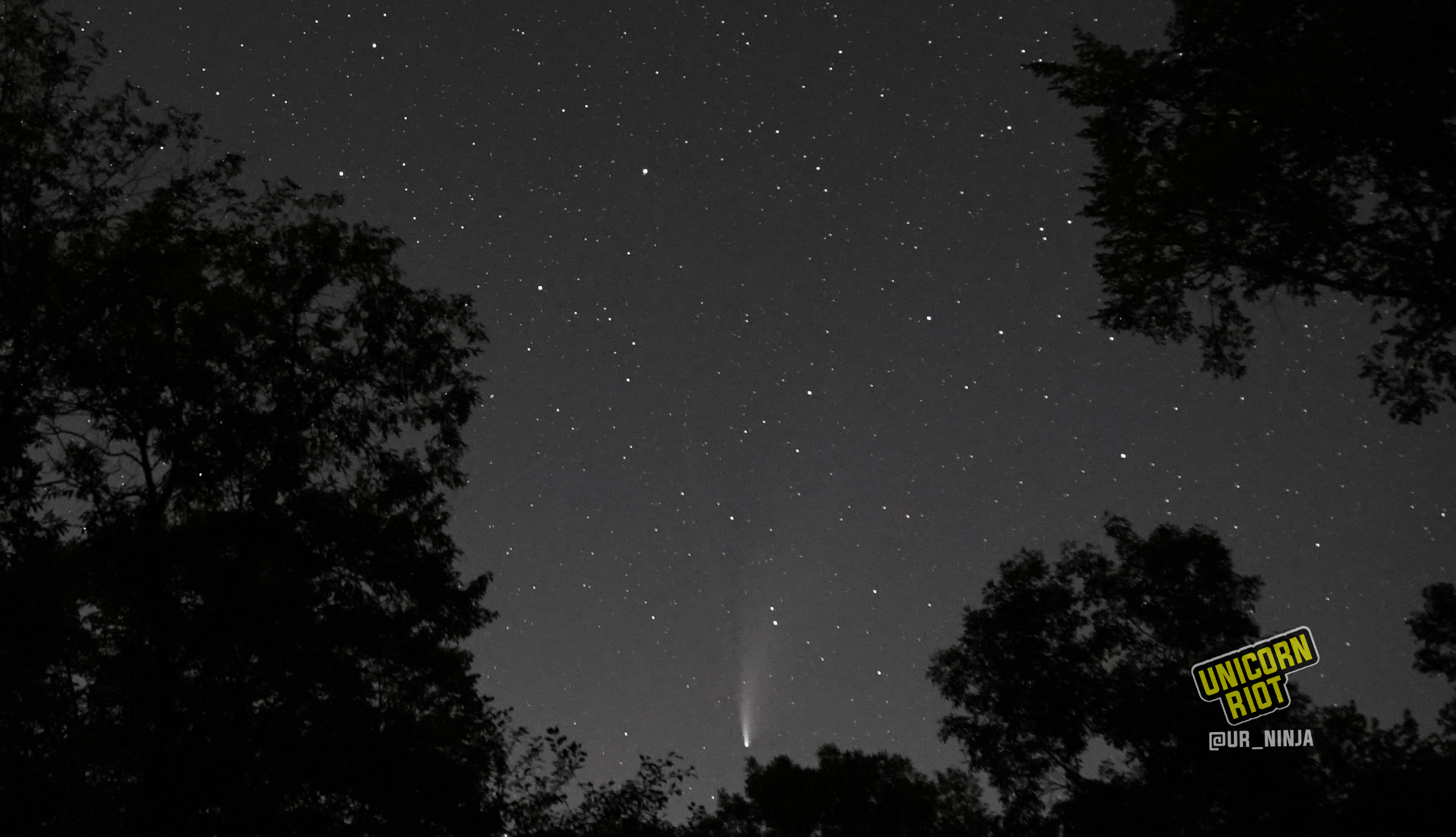New Comet Visible Across Northern Skies
Stillwater, MN – Comet NEOWISE has been appearing to stargazers on planet Earth over the past several weeks. It was discovered in March ~300 million kilometers away from the Sun, closer than the asteroid belt, though its orbit is tilted slightly from that of the planets and asteroids.
As of July 23, 2020, the comet is visible underneath the constellation of Ursa Major in the northern hemisphere, and is making its closest pass to Planet Earth. Its frozen nucleus has been estimated at five kilometers (three miles) across, and is presently breaking up and losing mass due to its close pass with the Sun.
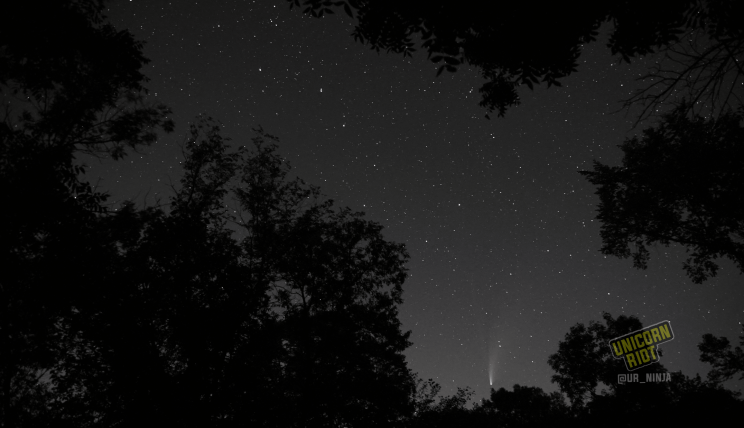
Ten observations between March 27–28 by NASA’s Near-Earth Object Wide-field Infrared Survey Explorer (NEOWISE) mission identified a new object of interest approaching the Sun. NEOWISE surveys our interplanetary backyard for objects that could potentially impact Earth; studying these ancient relics also expands humanity’s knowledge of our solar system.
Comet C/2020 F3 was officially recorded when sixteen additional observations on March 31 from the enhanced WISE space telescope confirmed “clear signs of cometary activity” from the near-Earth object. Astronomers J. Bauer, R. Cutri, J. Dailey, T. Grav, E. Kramer, A. Mainzer, J. Masiero, J. Pittichova, S. Sonnett, and E. Wright performed the historic measurements.
“Our study is a rare look at objects perturbed out of the Oort Cloud […] they are the most pristine examples of what the solar system was like when it formed.” — Amy Mainzer, NEOWISE mission principal investigator
Since the 1900s, comets have usually been named after the person or instruments who first discovered them. With the advent of more constant monitoring of the skies, the International Astronomical Union agreed upon a systematic naming system: comets are described by their type of orbit as well as for their date of discovery.
“2020 F3” means this was the third comet to be discovered in the sixth half-month of the year 2020. “C” as a prefix indicates that this comet doesn’t return more frequently than once every 200 years.
A long-term periodic visitor, the last time it was in this part of its orbit around the Sun was roughly 7,000 years ago, before the beginning of recorded scientific history.
Called comet NEOWISE after the mission and spacecraft that first noticed it, this icy object passes within the nearly-spherical orbits of the four inner planets, it spends little time in the same general X-Y plane, having already passed “above” around June 30, 2020.

Like many long-period comets, this one likely originates from the Oort cloud, a spherical region of icy bodies located far past Pluto and the rest of the Kuiper belt. The vast region is mostly empty, and the objects in it are so far away from the center of the solar system that from their position the Sun looks like just another bright star.
The passage of Neptune (not to mention the hypothetical Planet Nine) sometimes disturbs these far-off objects, as do stars that pass by relatively closely enough to our star system.
With enough momentum Oort cloud objects are either pulled into stable orbits around the Sun or are ejected from the solar system. Some eventually exit our galaxy altogether.
Oort_cloud_Snap_poster_8.5x11Comet NEOWISE’s appearance in 2020 is concurrent with a yearly celestial event—the Perseids, one of Earth’s brightest meteor showers. They are so named because they appear to originate from the constellation Perseus.
The annual event is caused by the planet entering a long cloud of debris left behind by a comet which returns every ~133 years. Short-period comets like these are believed to originate from the Kuiper belt, the outermost of our solar system’s two doughnut-shaped regions of asteroids.
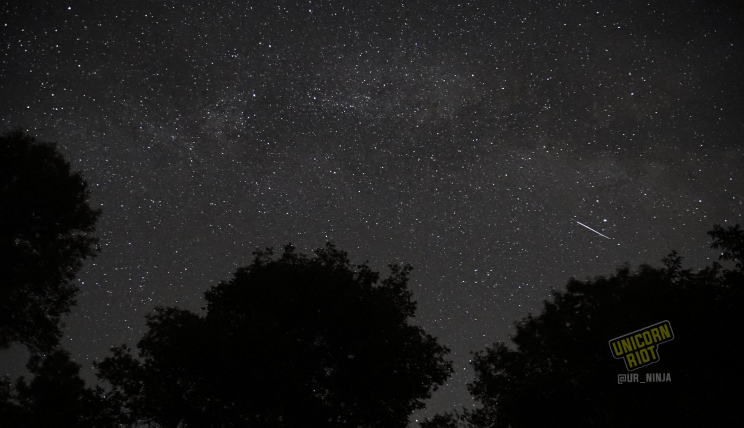
In English the comet which causes the Perseids is named after the most recent observations made by people of European ancestry: L. Swift and H. Tuttle, two American astronomers each observing the sky during the summer of 1862 (year two of civil war in the United States). A 1973 calculation was the first to suggest it was identical to Comet Kegler, identified in the 1730s by Ignaz Kögler, a Christian missionary and astronomer living in China. Its predicted reappearance in 1992 confirmed the theoretical calculations.
Historically comets have been considered portents of natural disasters such as plagues, famines, wars, and political upheaval. Their dramatic appearance in the night sky, which otherwise seems very orderly and unchanging from a perspective on Earth, unsettled many who were unsure what to make of the sight. Ceasar’s Comet was so named after it unexpectedly appeared following the assassination of Julius Caesar.
Even in 2020, some publications are running articles with titles such as, “Is Comet NEOWISE a Bad Omen for 2020?”
Comets’ ancient icy bodies are frozen remnants of a primordial solar system — an assemblage of dust, rock, and water ice, as well as frozen ammonia and other organic simple gases. This new comet was also determined to contain sodium by spectroscopic chemical analysis of its tail.
Video captured on the International Space Station shows the comet rise just before sunrise, as seen from low Earth orbit in early July.
At present the planet Jupiter also happens to be visible to the unaided eye nearby the constellation Sagittarius.
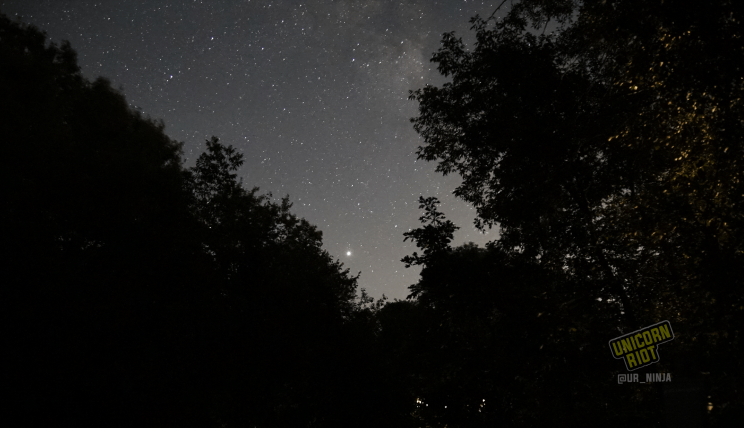
While all the major planets rotate counter-clockwise around the Sun, the highly-elliptical orbit of comet NEOWISE is clockwise. This means in the final days of July and into the beginning of August, the comet will pass Earth going the opposite direction back into the outer-most reaches of our solar system. This historical sight will be visible best in the twilight hours after sunset, and decreasingly visible before sunrise.
All photographs featured in this article were taken on July 20, 2020 near the St. Croix River.
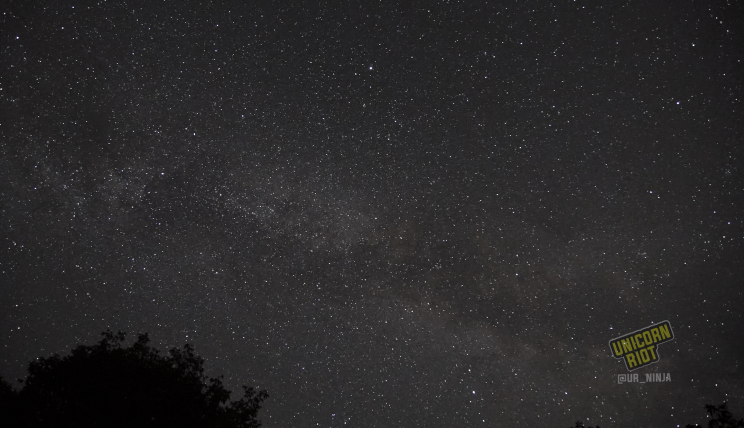
Follow us on X (aka Twitter), Facebook, YouTube, Vimeo, Instagram, Mastodon, Threads, BlueSky and Patreon.
Please consider a tax-deductible donation to help sustain our horizontally-organized, non-profit media organization:

